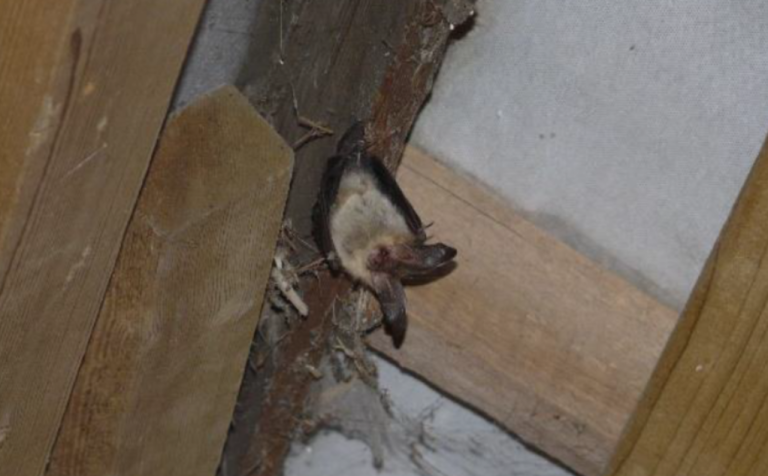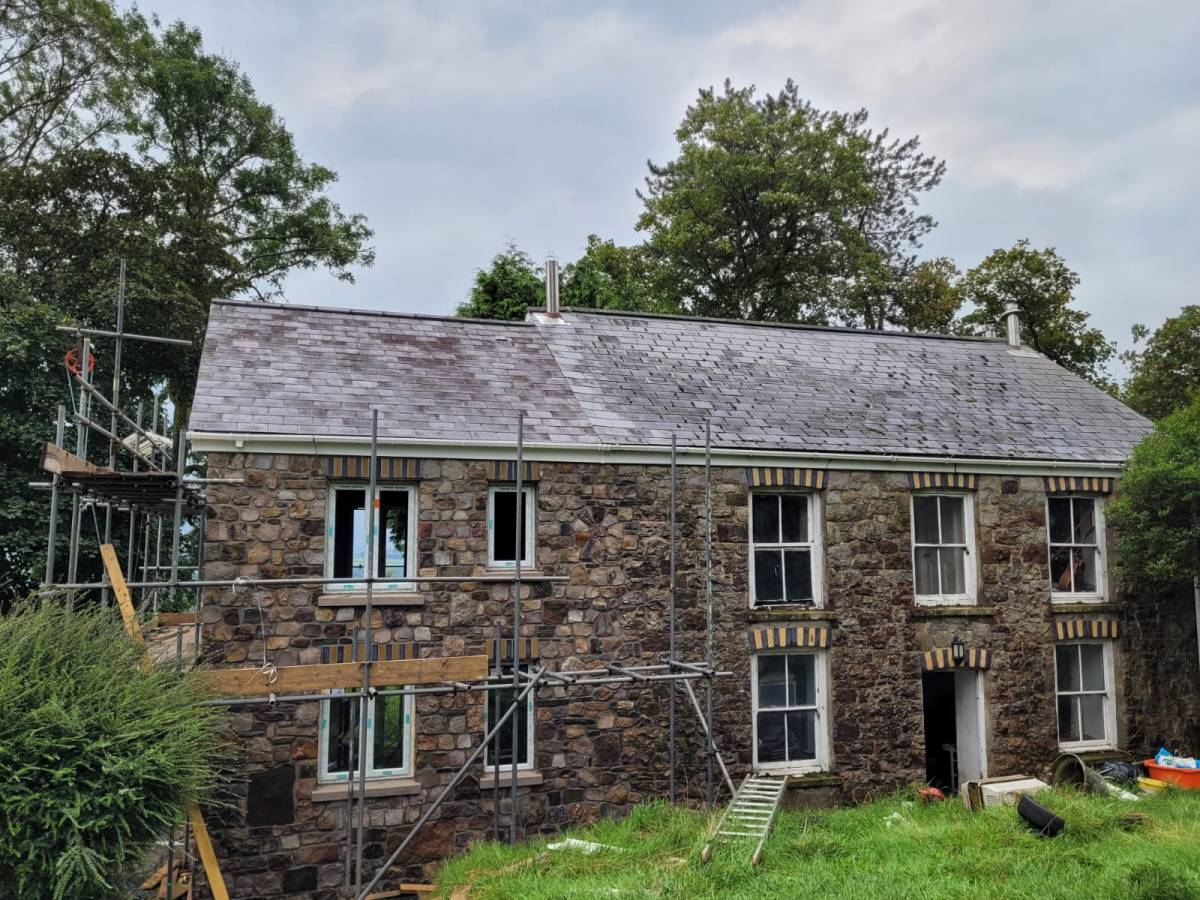Bat Survey - Cwmllynfell, Swansea
Background
This is a beautiful farm house in Cwmllynfell that wanted to install a side extension, so planning permission with Neath Port Talbot Council. Farm houses offer great roosts for bats - they are often adjacent to great foraging habitats such as woodland, and may themselves provide good foraging opportunities when green farming practices are employed! In addition, stables, sheds, and other outbuildings that are designed for farm animals, also tend to be unintentionally enticing to other furry friends - like bats!
Survey Results
This turned out to be true for this gem of a home. When we initially inspected the house for our Preliminary Roost Assessment (PRA), we found bat droppings that varied in size and shape, which indicated to us that they were from multiple different species. Although DNA analysis is needed to confirm species, we often have suspicions of what species the droppings belong to based on appearance. We guessed that these belonged to brown long-eared bats and pipistrelles species. One of these suspicions were proven right when we looked up and saw this little fella looking back at us.

We conducted 2 dusk emergence surveys (where we sit outside and wait for bats to come out of the building when the sun sets) and 1 dawn re-entry survey (where we sit outside and wait for bats to go back into the building when the sun is about to rise) and identified common pipistrelles, brown long-eared bats, and Natterer’s bats emerging from and re-entering the building from 8 different points!
Implications
This house was absolutely a flourishing roost. The core value of ecology is managing the needs of wildlife with the needs of people. The owners of this property should absolutely be able to add an extension to their home, but that doesn’t mean the bats should miss out and lose their home. This is where a ‘Bat Mitigation Plan’ comes into play - it is an action plan designed by licensed ecologists (like us!) that gets our clients what they need, without compromising the needs of local wildlife.
Bat Mitigation
The way we manage this is to restrict the timing of works to times of year where bats are least likely to be present (October - November, or March - April) to avoid disturbing them, and by designing bat roosts that are integrated into the house so that bats can safely return to their home. For this project, we recommended access slates that are installed in the roof and allow bats to crawl underneath and roost safely, and ridge tile gaps on the new extension, another feature that bats can crawl under and use as a roost.

In the end, we were able to find a solution that worked for both people and wildlife. We are looking forward to returning this summer for our post-monitoring survey to see how the bats are settling into the roosts we installed for them!
Have you been asked for a bat survey? Contact us to see how we can help, or use our online form to get a quote.




